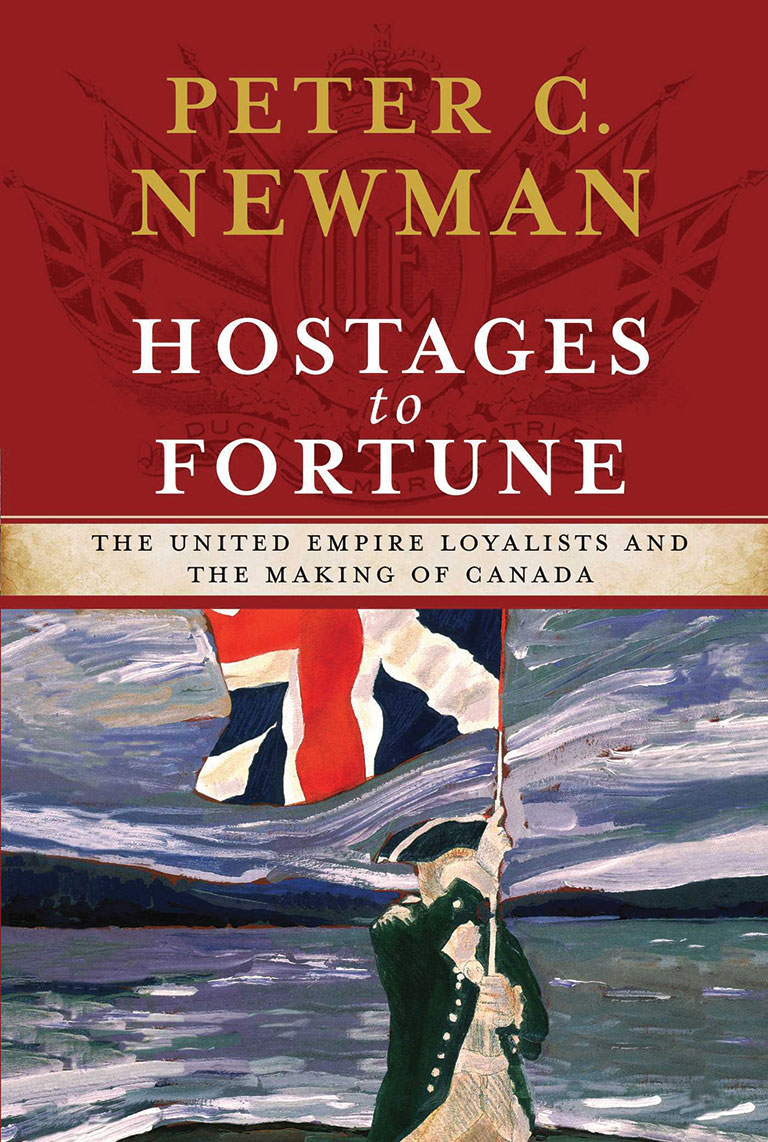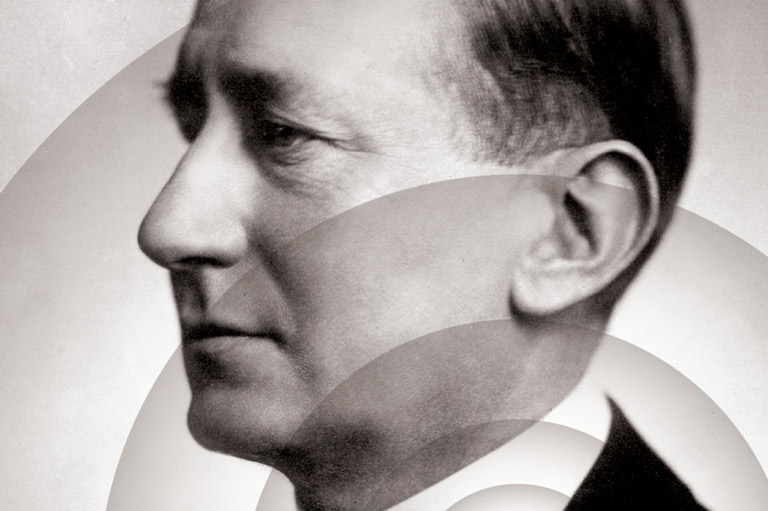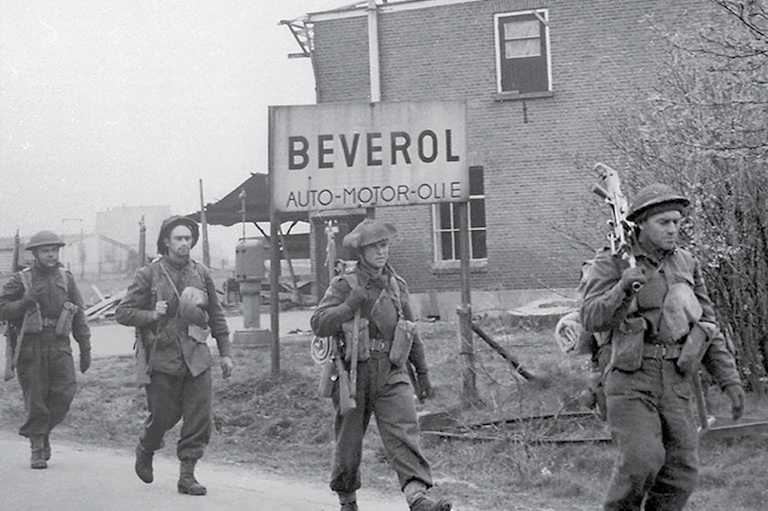Hostages to Fortune

Hostages to Fortune: The United Empire Loyalists and the Making of Canada
by Peter C. Newman
Simon & Schuster,
271 pages, &36.95
There is no shortage of books on the United Empire Loyalists, those immigrants who came north when the Thirteen Colonies rebelled against British rule and created the United States of America. Do we really need another one? The quick answer is no — but when the author is Peter C. Newman, one of the most celebrated historians in Canada, we shouldn’t be that hasty.
Newman’s Hostages to Fortune is a highly readable account of the Loyalist experience and the Loyalists’ influence on Canada more than two centuries after they fled the United States as refugees. What they endured should not be taken lightly. Newman recounts example after example of unspeakable cruelty meted out by American patriots, the men who were fighting for American independence. Murder was not good enough, it seems; torture was needed first.
Why would people be killed? In some cases, it was because they expressed their plans to vote in favour of British rule. Despite the American Revolution’s glorious ideals of freedom and liberty, the Loyalists’ fate was sealed by thugs who were determined to get their way. The inconsistencies with many popular American narratives do not end there. Newman notes that George Washington owned almost two hundred slaves and supported the public persecution of Loyalists — and that he was not a great leader in battle, to boot.
The flood of Loyalists into territory that is now Canada, and which at the time was still safe in British hands, was pivotal in the history of this country. The arrival of thousands of people was too much for the colonial leaders to deal with, and the result was new communities and new government structures. The Loyalists were the catalyst for today’s New Brunswick, Nova Scotia, and Ontario.
A generation later, these Loyalists and their descendants were again called upon to show their support for the British Crown. The War of 1812 pitted Americans against British subjects, and again a terrible amount of blood was spilled before the two sides reached what was, in effect, a stalemate. Boundaries between the British and Americans did not change as a result of the fighting. That war did, however, make it clear that the United States would be here to stay, as would British North America.
A history without a personal touch can miss the mark with readers; the events of the past will seem disconnected and remote. As Newman tells the story of the Loyalists, he returns repeatedly to members of the Jarvis family, who were making their homes in Connecticut before the American Revolution made it impossible for them to stay. They came north to Canada, Loyalist to the core — and loyal they remained. Today the Jarvis name graces one of the most important streets in Toronto, just one small reminder of the family’s influence and long history here.
Newman notes that, in sheer numbers, the Loyalists were soon overtaken by the flood of immigration from the British Isles that began in the 1820s. But there should be no mistaking their lasting contribution to Canadian history.
Hostages to Fortune is a fascinating book and brings many forgotten aspects of Loyalist history to a broad audience while cutting through some of the myths that have been built up over time. What else should we expect from Peter C. Newman?
Themes associated with this article
Advertisement




